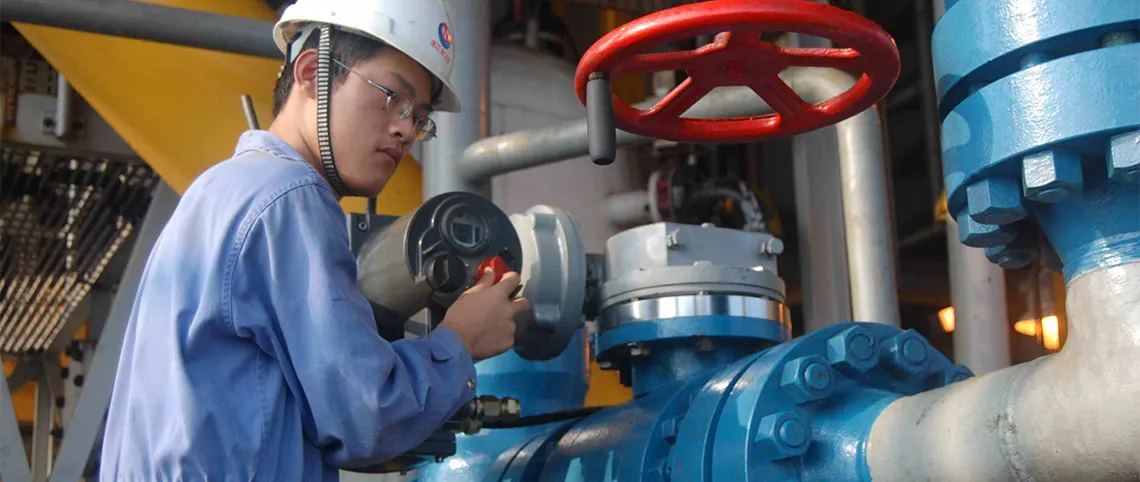Oct . 31, 2024 17:24 Back to list
Understanding the Functionality and Applications of Tapering Gauges in Precision Measurement
Understanding Tapering Gauges An Essential Tool in Precision Measurement
Tapering gauges play a critical role in achieving precision in various applications across multiple industries, particularly in manufacturing and engineering. These specialized tools are designed to assess the dimensions of tapered features, which are surfaces that gradually decrease or increase in diameter along their length. This article delves into the importance, applications, and types of tapering gauges.
At the heart of tapering gauges is their ability to provide accurate measurements, which is vital for ensuring the quality and functionality of components. In many industries, such as automotive, aerospace, and construction, the fit and alignment of parts have significant implications on the overall performance of machinery and structures. Tapered sections are common in fittings, connectors, and pipes, making tapering gauges indispensable for precise inspections.
There are various forms of tapering gauges, including manual and electronic types. Manual tapering gauges typically consist of graduated metal or plastic tools that feature a tapered end, allowing for direct measurement of components. These tools can measure external and internal tapers, depending on their design. On the other hand, electronic tapering gauges utilize advanced sensor technology to provide digital readings, often with enhanced accuracy and ease of use. Some models may include features like data logging and connectivity to computers for further analysis.
tapering gauges

Another key aspect of tapering gauges is their variety of sizes and graduated scales, which allow users to measure different ranges and resolutions. Choosing the right gauge is essential for achieving optimal results. Additionally, accuracy standards vary based on specific applications, making it crucial for engineers and technicians to select the appropriate tool for their tasks.
The calibration of tapering gauges is also critical for maintaining accuracy. Regular calibration against standard measurements ensures that these tools provide reliable data, which is particularly important in quality control processes. Neglecting periodic checks can lead to discrepancies in measurements, potentially resulting in faulty components and costly rework.
In conclusion, tapering gauges are vital instruments for precise measurement in industries that require tapered components. Their ability to ensure accurate fit and alignment contributes to the overall quality and performance of products. As technology advances, we can expect further innovations in tapering gauge designs, enhancing their functionality and ease of use. For professionals in the field, understanding the importance of tapering gauges and maintaining them properly is essential in achieving excellence in their work.
-
Heavy Duty Knife Gate Valve PerformanceNewsJul.25,2025
-
Choosing Between Gate and Globe Gate Valves for Optimal PerformanceNewsJul.25,2025
-
Cast Iron Y Strainer DurabilityNewsJul.25,2025
-
Ball Style Check Valve MaintenanceNewsJul.25,2025
-
Types of Strainer in Piping SystemsNewsJul.25,2025
-
The Role of Master Ring Gage in Quality Control SystemsNewsJul.25,2025
Related PRODUCTS









